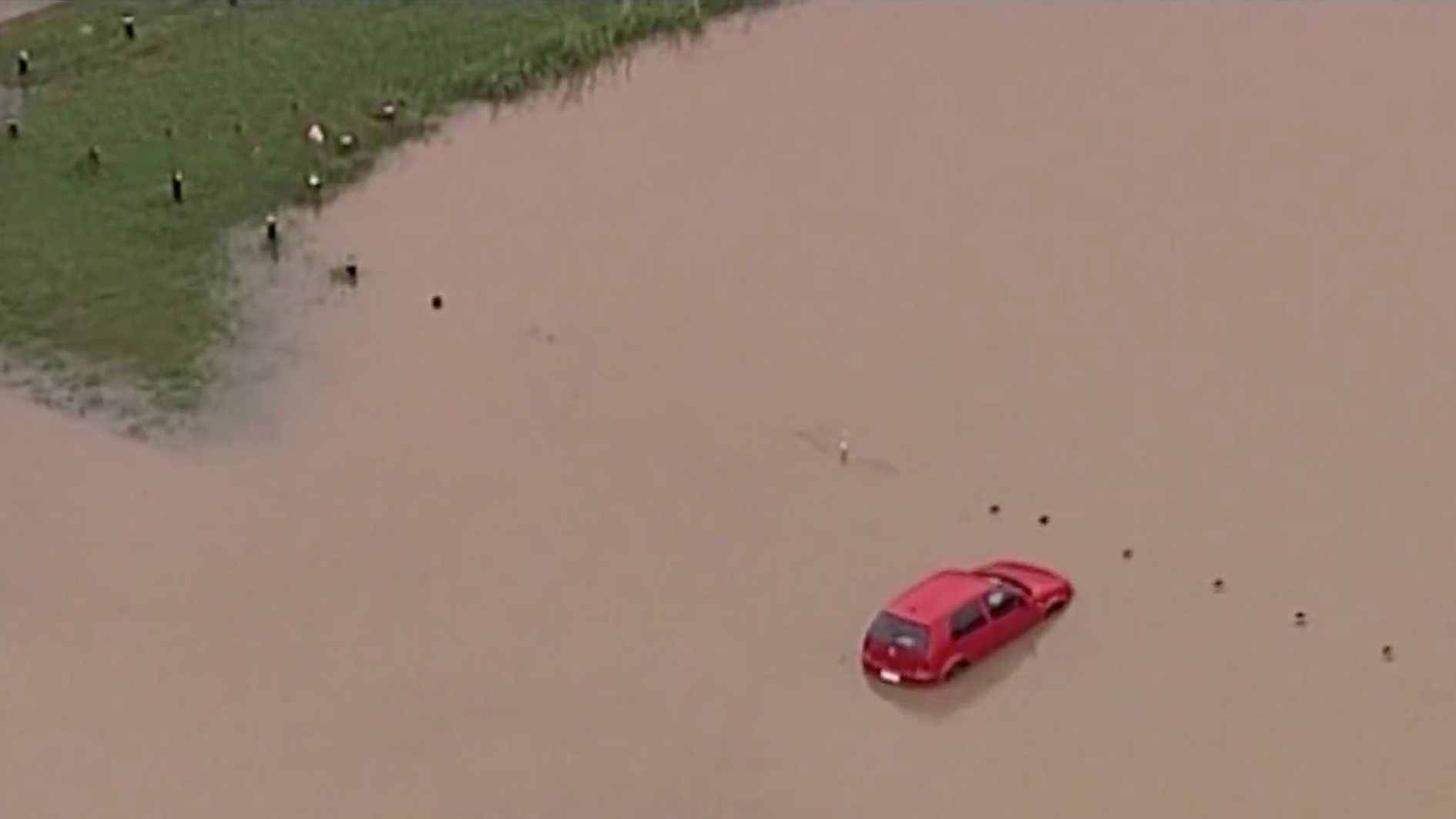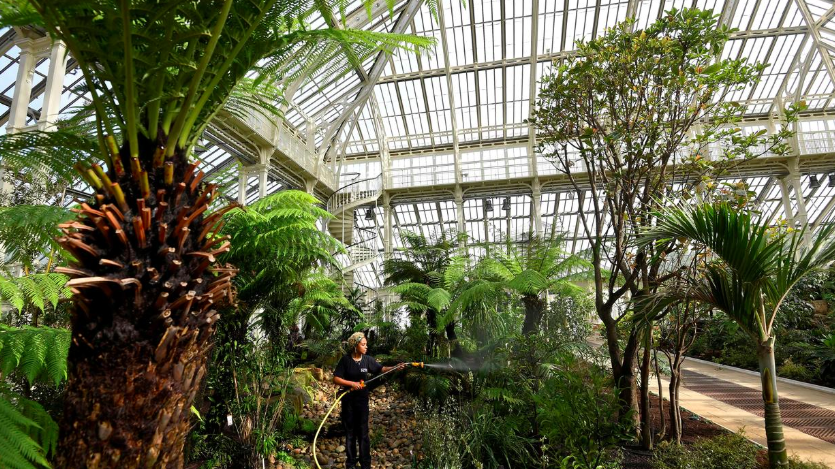00:43

The east coast of Australia welcomed the heaviest drenching in years on February 7, dousing some of the country's most damaging and long-running wildfires and easing a drought that has crippled farming across two states.
At the meantime, British scientists from the Royal Botanic Gardens at Kew in London will help with emergency seed-collecting in areas devastated by the bushfires and store specimens at its Millennium Seed Bank (MSB) in Britain.
Sydney alone had seen more than 60 millimeters (2.36 inches) of rain in the past 24 hours and was forecast to receive up to 360 millimeters more by Monday.
The New South Wales Rural Fire Service (NSW RFS) said on Thursday "they were over the moon" as the total number of active fires across the state fell by 20 in a single day. For the first time in months there were no fire warnings and active fires were down to 42, less than half their peak.
Victoria still had 18 bushfire warnings in place, though the rain was steadily making its way down the coast and into the northeast of the state.
Yet with the rain came flooding. The Bureau of Meteorology (BOM) issuing multiple warnings for rivers across Queensland and New South Wales. The widespread rains will help ease a drought that has stricken the states since 2017, though the BOM has said it would take an entire year of above average rainfall to actually break the drought.
The wet weather has helped douse or slow some wildfires, which have burned through more than 11.7 million hectares of land since September. The prolonged bushfire season has killed 33 people and an estimated one billion native animals. More than 2,500 homes have been destroyed.
Some 3,500 kilometers away to the north west, Cyclone Damien was barreling toward the coast of Western Australia and due to make landfall sometime on Saturday. Destructive wind gusts of up to 150 kilometers per hour could develop overnight Friday night as the cyclone approaches the coast, and very destructive gusts of up to 230 kilometers per hour were expected at the core on Saturday.
The cyclone is set to graze the world's largest iron ore port, Port Hedland, which was already suffering disruptions from quarantine restrictions for the coronavirus afflicting China, its largest customer.
Miners Rio Tinto and BHP Group said they were monitoring the situation and making preparations.

A gardener waters plants inside the newly restored Victorian Temperate House in Kew Gardens in London, Britain, May 3, 2018. /Reuters Photo
A gardener waters plants inside the newly restored Victorian Temperate House in Kew Gardens in London, Britain, May 3, 2018. /Reuters Photo
Australia's wildfires have burned through an area the size of Greece since September, in what the government there has called an ecological disaster. Elinor Breman from MSB in Britain said that they were helping to "aid the international effort to restore habitats more quickly in this precious and biodiverse region."
Kew's MSB works as an insurance policy against plant extinction so they can be protected for the future. Seeds are stored in air-tight glass containers stacked in huge minus 20 degrees Celsius freezers and can be used to grow a new generation of plants in years to come.
Source(s): Reuters